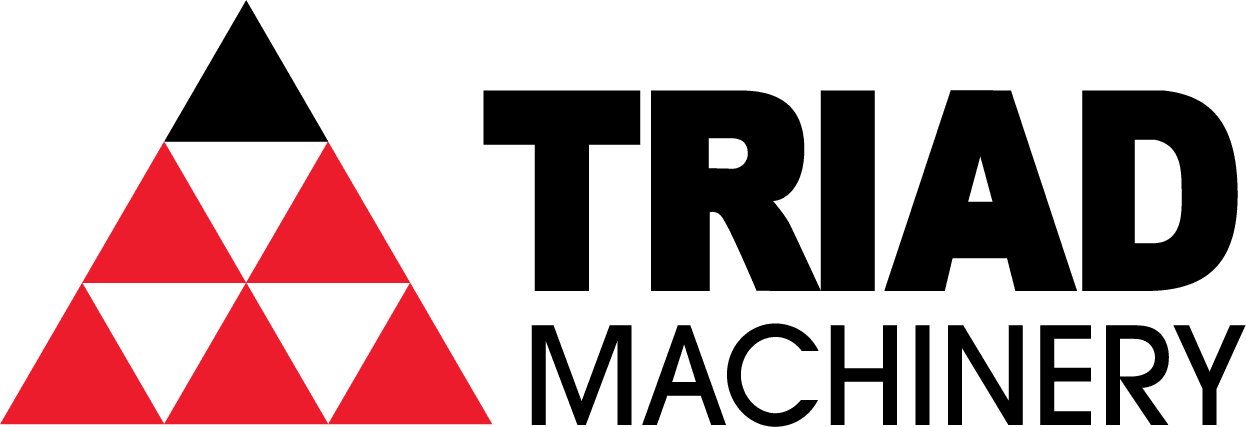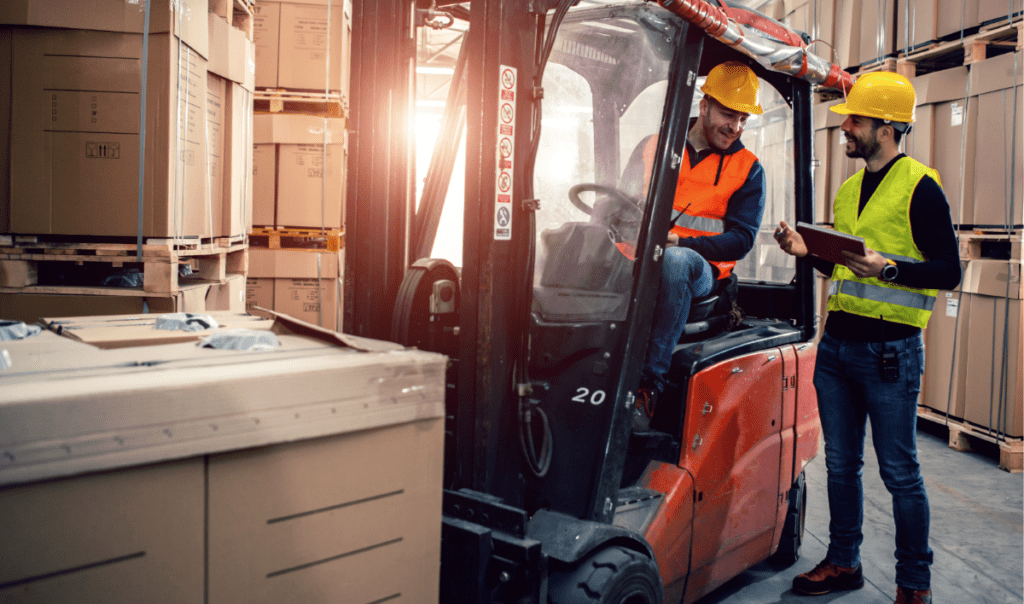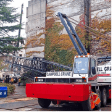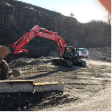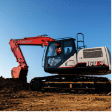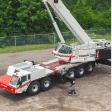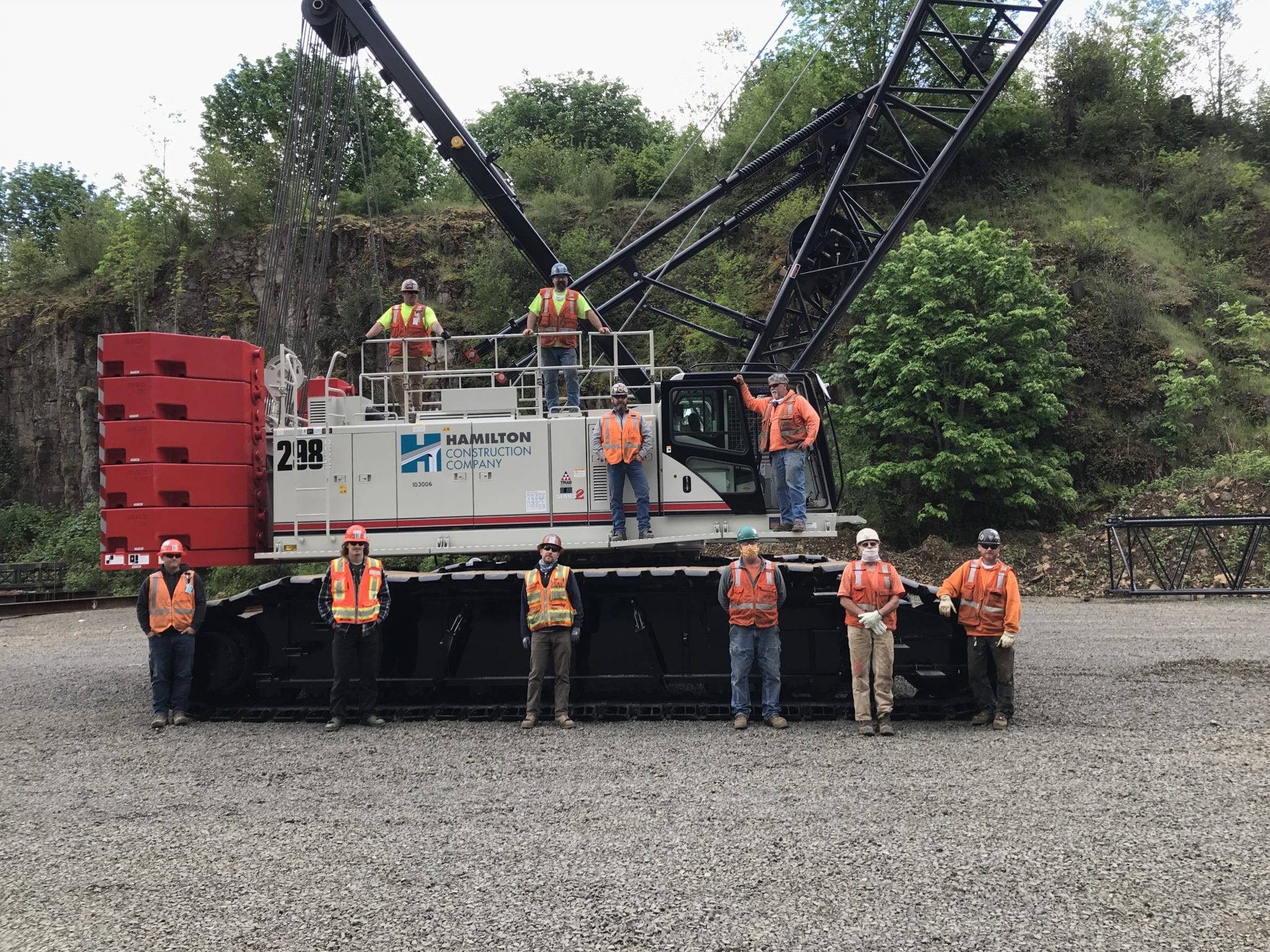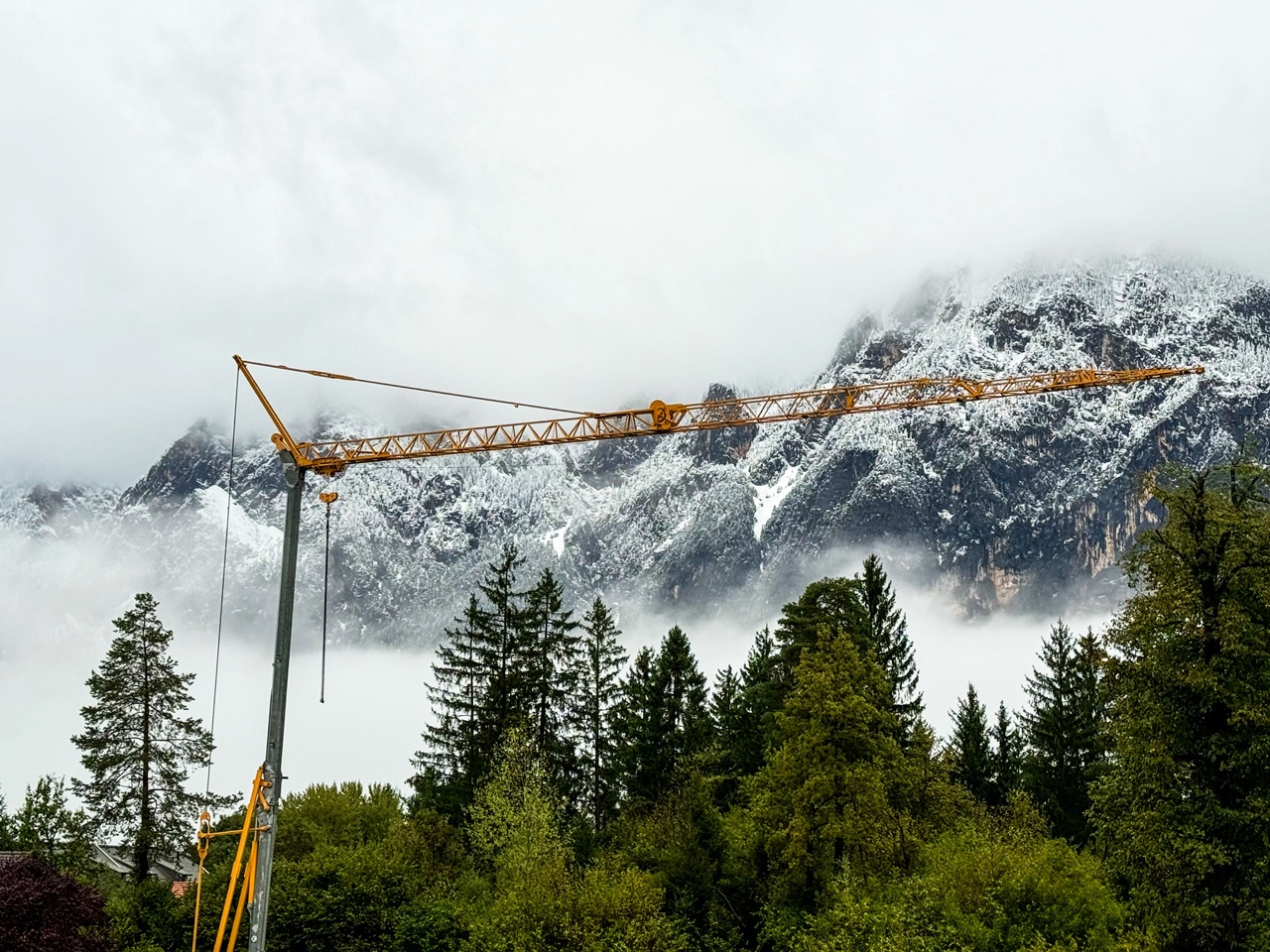Safety Corner: Ten Tips For Forklift & Equipment Safety
On jobsites, heavy equipment is defined as heavy-duty vehicles that are specifically designed to assist with job tasks. Examples include cranes, forklifts, bulldozers, and backhoes, among many others.
OSHA requires training, inspections, and routine maintenance for all pieces of jobsite heavy equipment. In this month’s safety corner, we will review ten different steps that should be considered before operating a forklift or other piece of heavy equipment at work.
10 Equipment Safety Items For Operating Heavy Equipment:
- Equipment Blind Spots – Always be aware of the people, equipment, and environment that may be behind you during operation
- Communication – Always be in communications with others working around you, and use a spotter in high traffic areas
- Seatbelts – There is never an excuse to not wear a seatbelt when operating, especially with the risk of rollover hazards
- Mounting / Dismounting – Use the “3 points of contact” rule (Maintain contact with one hand and two feet, or two hands and one foot)
- Loading /Unloading Equipment – The best operation is on level ground
- Overhead /Underground Hazards – Look for overhead power lines before operating, and call 811 to verify there are not underground hazards
- LOTO – OSHA – Implement and be aware of LOTO procedures before any employee performs servicing or maintenance on a machine where unexpected start-up or release of stored energy could occur and cause injury
- Load Limits – When lifting objects with a machine, make sure loads are secure with the proper rigging attachments, and always inspect to ensure they are in good working condition
- Walk Around Inspection – Equipment should be inspected at least daily- Inspect hydraulic hoses, undercarriage, oil levels, and stress points
- Know Your Limits – Get out of the cab and look around if you’re unsure about working on a slope or around hazards.
Maintaining proper safety and OSHA compliance measures is a crucial aspect of operating heavy equipment on a jobsite. If you ever have questions or concerns about operating a forklift or other piece of equipment, don’t hesitate to contact your supervisor. Keep these tips in mind the next time you’re working with or near forklifts or heavy equipment!
